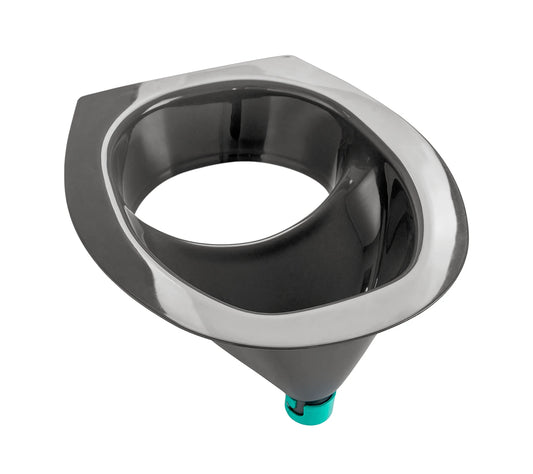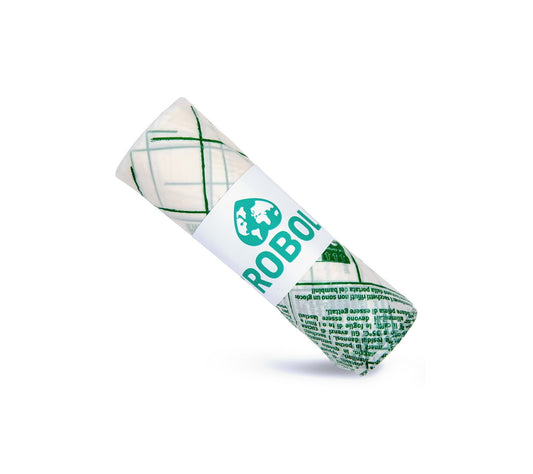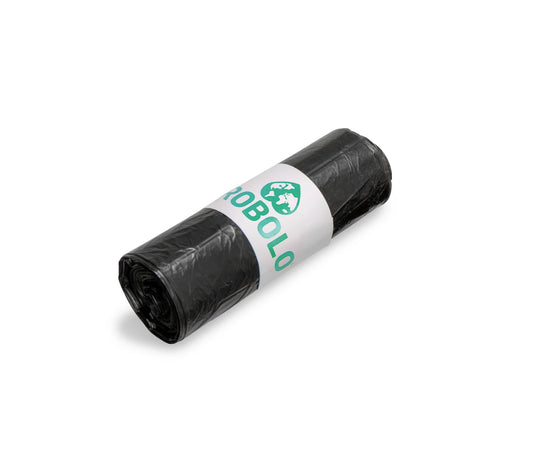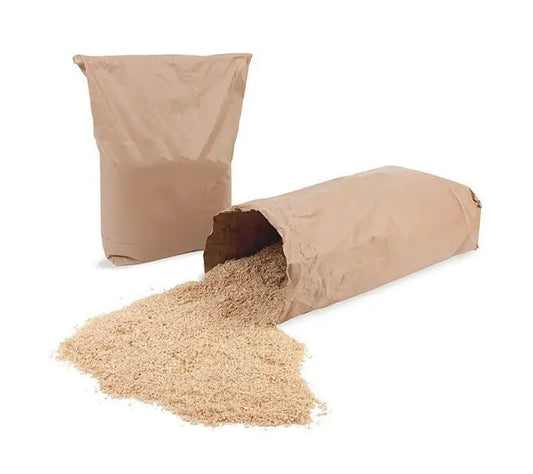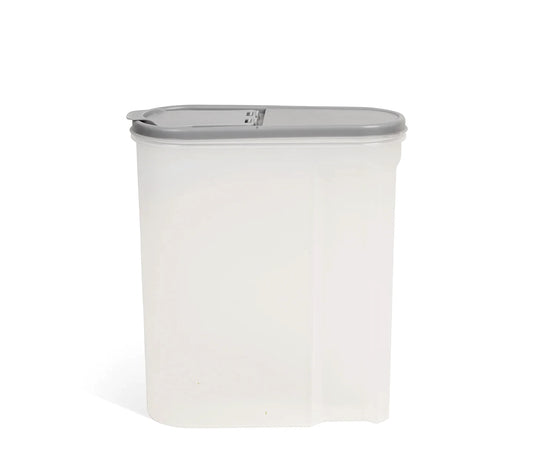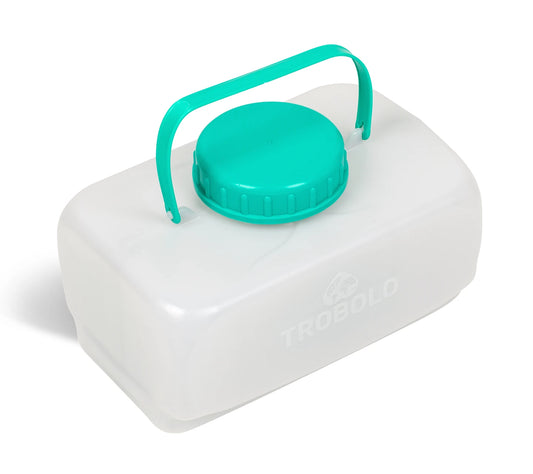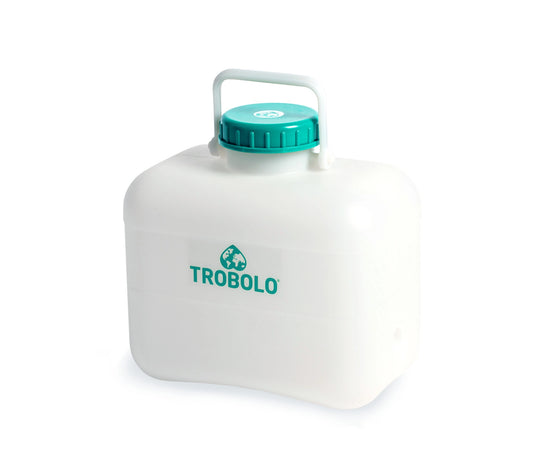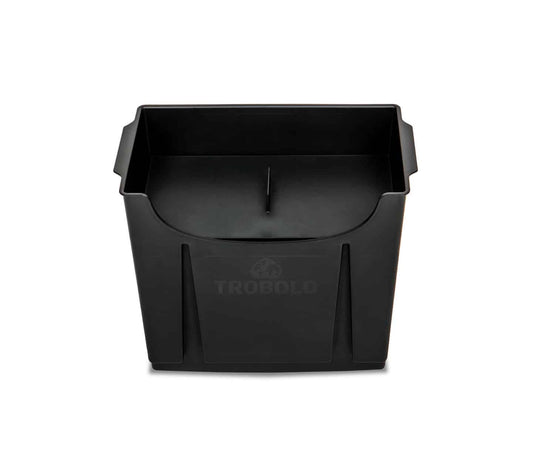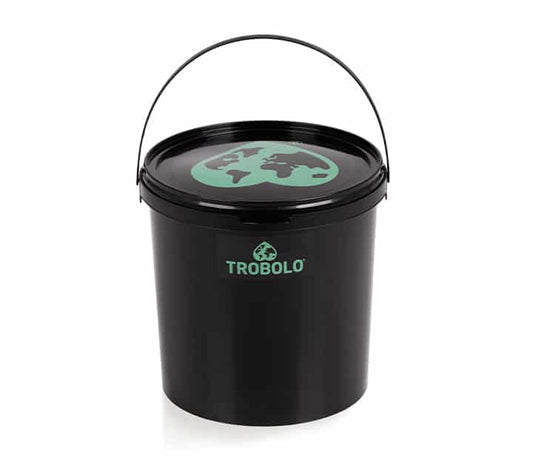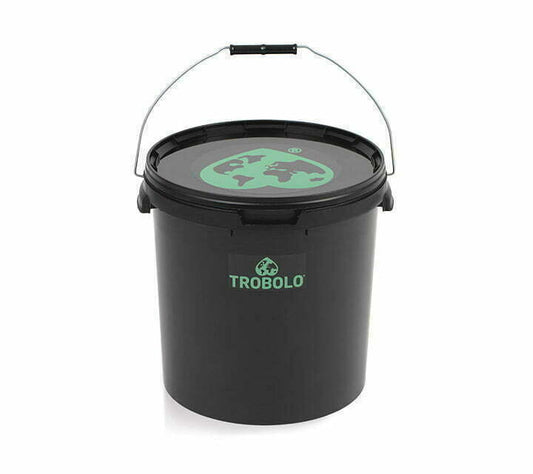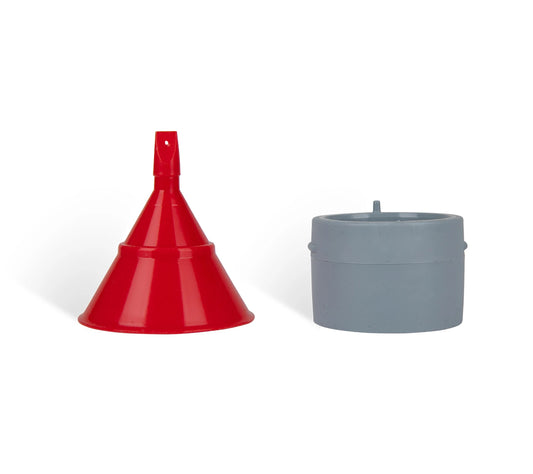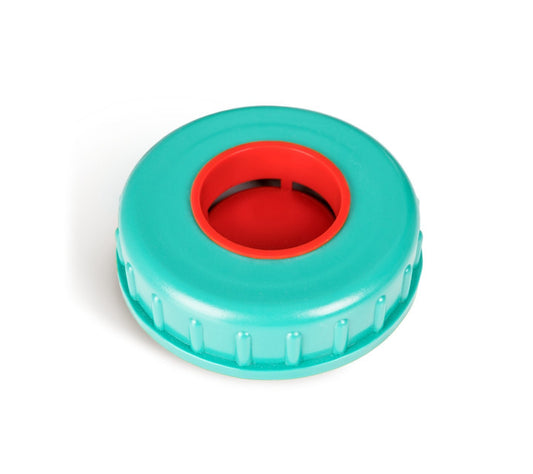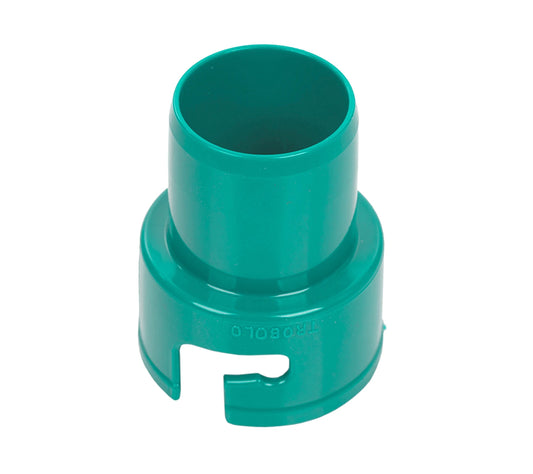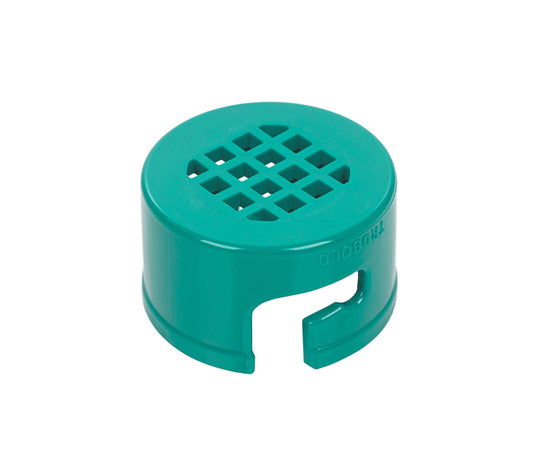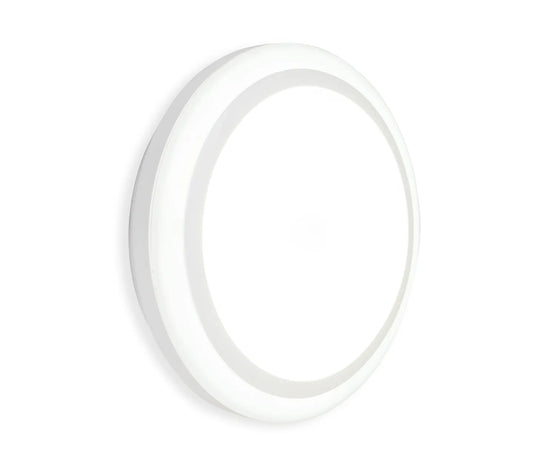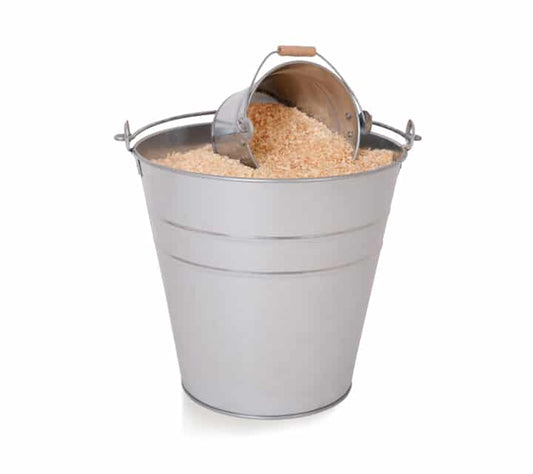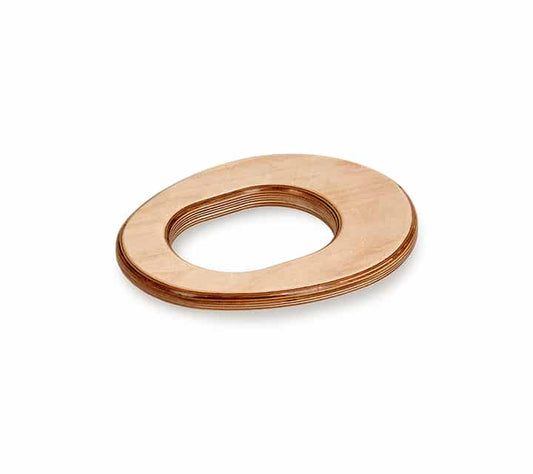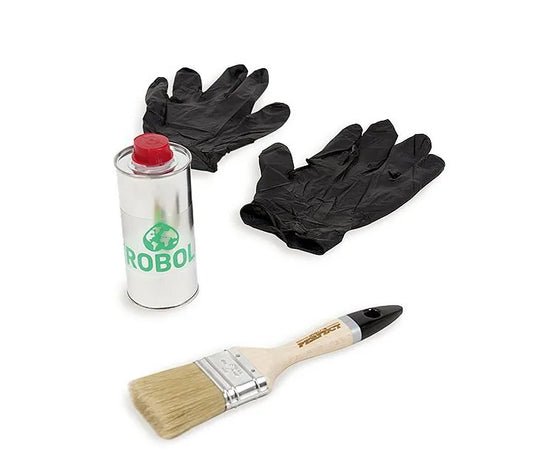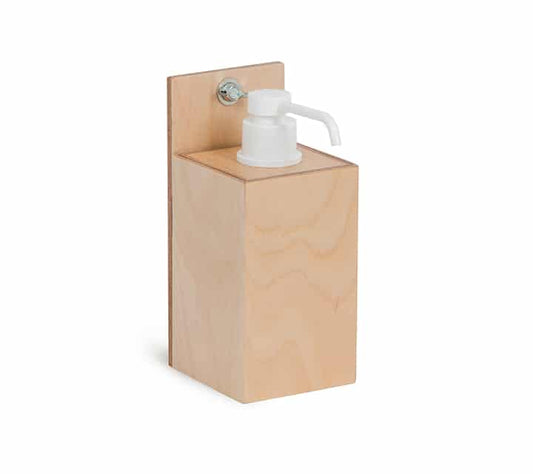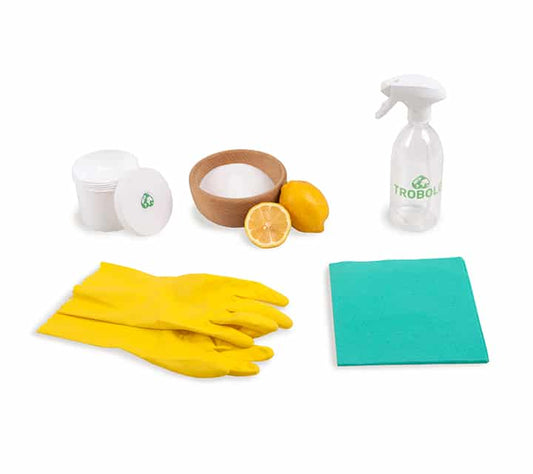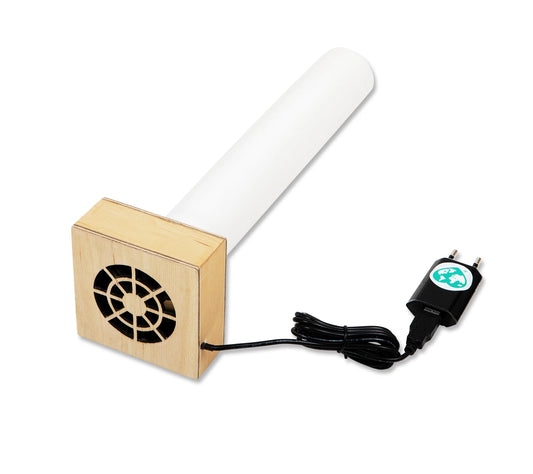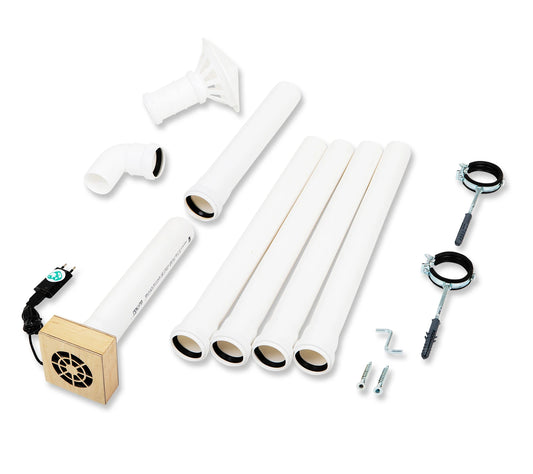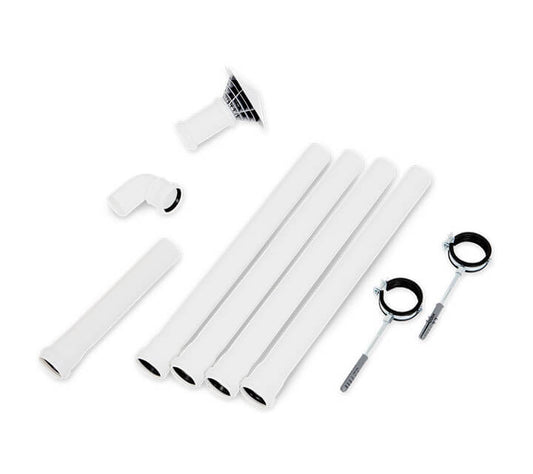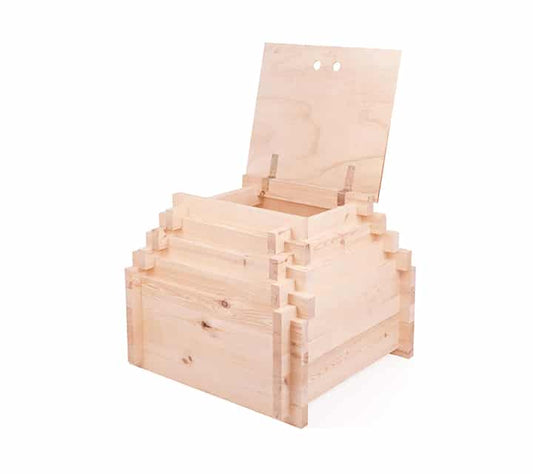Composting toilet accessories
-
Regular price 69,90 €Regular priceUnit price / perSale price 69,90 €incl. VAT⬤ Ready to ship
-
Regular price 4,90 €Regular priceUnit price / perSale price 4,90 €incl. VAT⬤ Ready to ship
-
Regular price 4,90 €Regular priceUnit price / perSale price 4,90 €incl. VAT⬤ Ready to ship
-
Regular price 12,90 €Regular priceUnit price / perSale price 12,90 €incl. VAT⬤ Ready to ship
-
Regular price 19,90 €Regular priceUnit price / perSale price 19,90 €incl. VAT⬤ Ready to ship
-
Regular price 19,90 €Regular priceUnit price / perSale price 19,90 €incl. VAT⬤ Ready to ship
-
Regular price 5,90 €Regular priceUnit price / perSale price 5,90 €incl. VAT⬤ Ready to ship
-
Regular price 19,90 €Regular priceUnit price / perSale price 19,90 €incl. VAT⬤ Ready to ship
-
Regular price 19,90 €Regular priceUnit price / perSale price 19,90 €incl. VAT⬤ Ready to ship
-
Regular price 19,90 €Regular priceUnit price / perSale price 19,90 €incl. VAT⬤ Ready to ship
-
Regular price 9,90 €Regular priceUnit price / perSale price 9,90 €incl. VAT⬤ Ready to ship
-
Regular price 19,90 €Regular priceUnit price / perSale price 19,90 €incl. VAT⬤ Ready to ship
-
Regular price 13,90 €Regular priceUnit price / perSale price 13,90 €incl. VAT⬤ Ready to ship
-
Regular price 13,90 €Regular priceUnit price / perSale price 13,90 €incl. VAT⬤ Ready to ship
-
Regular price 19,90 €Regular priceUnit price / perSale price 19,90 €incl. VAT⬤ Ready to ship
-
Regular price 39,90 €Regular priceUnit price / perSale price 39,90 €incl. VAT⬤ Ready to ship
-
Regular price 39,90 €Regular priceUnit price / perSale price 39,90 €incl. VAT⬤ Ready to ship
-
Regular price 19,90 €Regular priceUnit price / perSale price 19,90 €incl. VAT⬤ Ready to ship
-
Regular price 69,90 €Regular priceUnit price / perSale price 69,90 €incl. VAT⬤ Ready to ship
-
Regular price 29,90 €Regular priceUnit price / perSale price 29,90 €incl. VAT⬤ Ready to ship
-
Regular price 89,90 €Regular priceUnit price / perSale price 89,90 €incl. VAT⬤ Ready to ship
-
Regular price 119,90 €Regular priceUnit price / perSale price 119,90 €incl. VAT⬤ Ready to ship
-
Regular price 44,90 €Regular priceUnit price / perSale price 44,90 €incl. VAT⬤ Ready to ship
-
Regular price 79,90 €Regular priceUnit price / perSale price 79,90 €incl. VAT⬤ Ready to ship
-
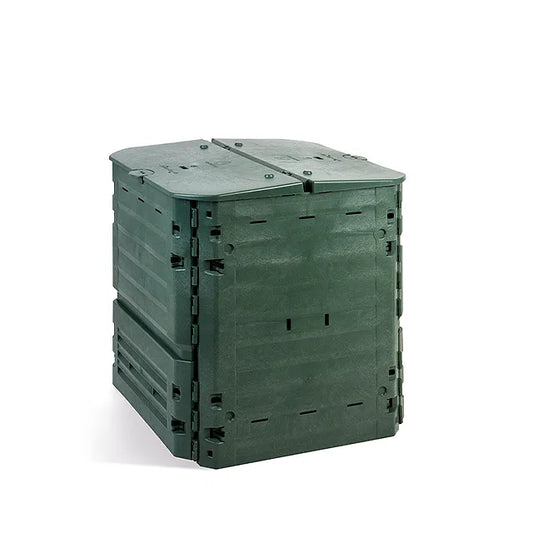 SaleRegular price 99,00 €Regular priceUnit price / perSale price 99,00 €
SaleRegular price 99,00 €Regular priceUnit price / perSale price 99,00 €124,90 €incl. VAT⬤ Ready to shipSale
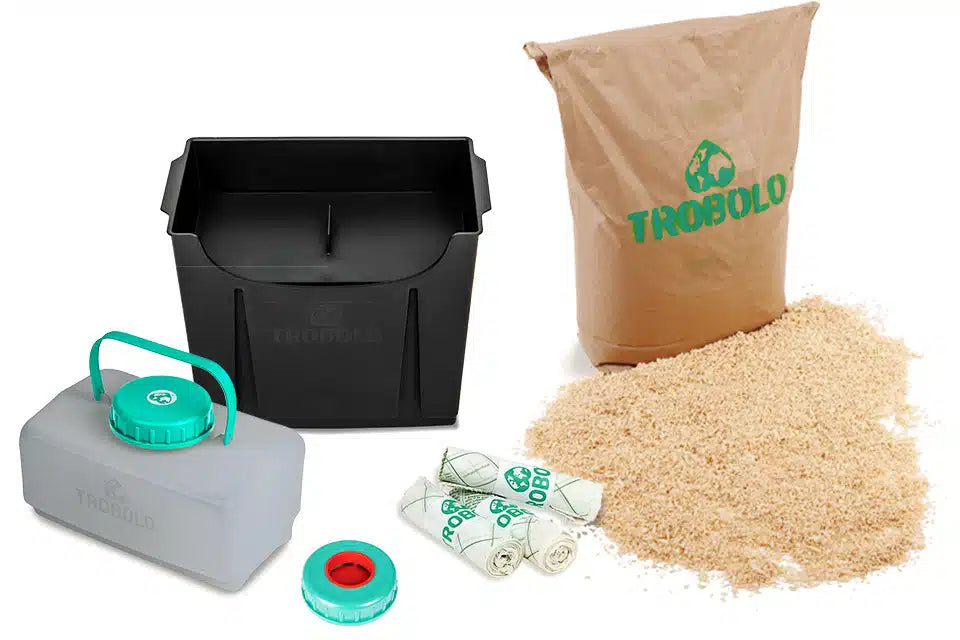
Composting toilet accessories with brains
Here you will find a list of the most important composting toilet accessories. These include consumables for the daily use of your composting toilet as well as basic parts for building your composting toilet yourself.
- Urine diverter
- Inlays
- Litter
- Electric exhaust system
- Natural exhaust system
- Solids container
- Liquids container
- Toilet seat
- Composter
This might interest you
Frequently Asked Questions
In this section you will find short and clear answers tofrequentlyasked questions about our compostingtoilet accessories.
What is the purpose of the urine diverter?
Due to our urine diverter and the separation of solids and liquids, unwanted odours are minimized and the disposal of toilet waste is made easier. Toilet chemicals that are harmful to the environment are not necessary as unpleasant odours are only created by the mixing of urine and faeces.
Which bags are suitable for composting toilets?
When choosing the right inlays, the disposal method plays an important role. If you want to compost your solid waste, you should use inlays that are compostable, such as our compostable inlays made from corn starch. Inlays made of recyclable plastic are suitable for disposal with household waste.
How long can I use compostable inlays without them decomposing?
As our compostable inlays are made from corn starch and are biodegradable, we recommend that they are changed weekly. If you don’t plan to compost your toilet waste, you can also use our recyclable plastic inlays. These do not decompose so you can use them for longer.
What is litter?
Litter is a substance made of absorbent materials such as wood shavings that can be composted. After each bowel movement, about 250 ml of litter should be placed in the back of the toilet opening to cover faeces and toilet paper. This helps to absorb moisture and odours, which is especially useful for TROBOLO composting toilets without an electric exhaust system.
Can I use my own sawdust or wood chippings as litter?
Yes, if you have wood waste at home, such as sawdust, which is a by-product of DIY, you can easily use it as an alternative litter or add it to the TROBOLO litter. However, it is important to make sure that the sawdust is neither too fine nor too coarse. In this regard, you can orientate yourself towards the texture of our TROBOLO litter.
What are the benefits of the electric exhaust system?
The electric exhaust system creates a slight negative pressure and directs the resulting moisture and odours outside via an exhaust duct. The system creates a slight negative pressure throughout to effectively remove odours and moisture. It can be easily connected via a USB connection (12V, 24V or 230V) and consumes very little power. The maximum current consumption is 0.26 A, the maximum power consumption is 1.3 W and the noise level is 19.3 dB. When using an electric exhaust system, no use of additional litter is required.
How does the natural exhaust system work?
The natural exhaust system is based on the chimney effect, which ensures that warm air rises and is discharged to the outside through an exhaust pipe. In this way, moisture and odours are conducted out of the toilet and neutralised. No electrical energy is required as the system relies entirely on natural air flow.
In which sizes do you offer solids containers and liquids containers?
We offer solids containers in three different sizes, solids container 22l, solids container 11l and solids container 6.5l. Liquids containers are available in two different sizes, liquids container 10l and liquids container 4.6l.
How often should the solids container and the liquids container be emptied so that I can use my composting toilet without odours?
The ideal emptying intervals depend on various factors.
If you are using an electric waste system, you only need to empty the solids and liquids containers when they are full, as the electric waste system ensures that no unpleasant odours can form.
When using a natural exhaust system in combination with litter, we recommend emptying intervals of 20 to 30 days for the solids container and 7 to 10 days for the liquids container.
If you use litter only, you should empty the solids container every 5 to 10 days and the liquids container every 3 to 4 days.
When using a liquids container equipped with TROBOLO SafeShell System®, you can use the capacity of the container regardless of the time, as no unpleasant odours can escape.
Are the wooden toilet seats surface-treated?
Yes, the surfaces are sealed with a multi-layer lacquer so that easy, hygienic cleaning is possible.
Do the toilet seats from TROBOLO correspond to the standard size of commercially available toilet seats?
Standard toilet seats typically have a width of between 35 and 38 cm. Our toilet seats are between 33 cm and 35.5 cm wide, depending on the model.
Do I need a special composter if I want to compost the toilet waste I produce?
To compost toilet waste properly, a closed composter is recommended. The closed container prevents odour nuisance during the composting process and prevents the penetration of excessive rainwater, which would turn into black water if it came into contact with material that has not yet been composted and should not be allowed to enter the soil. Commercially available hot composters usually meet these requirements. In our online shop we also offer composters especially designed for this purpose. Here you can find more information on the topic of composting correctly.
